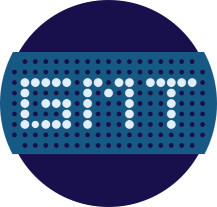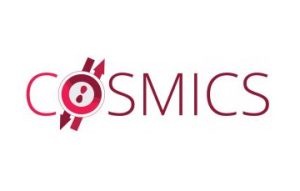The SPEC/GMT team of CEA coordinates the European H2020 FET-Open project “Cosmics” (Concepts and Tools in Molecular Spintronics) whose kick off meeting was held on November 27th and 28th, 2017. This project, stemming from a very selective call, focuses on the search for new hybrid devices, associating molecules and metallic magnetic electrodes, able to enrich the design of highly miniaturized electronic components.

Of the twenty-six projects selected by the European Commission in the “Future and Emerging Technologies 2017 – FET Open” category of the H2020 program, Cosmics is the only one coordinated by a French team: the “Modelisation et théorie*” team of CEA-Iramis, within the CEA Paris-Saclay center.
Cosmics was born from a fruitful collaboration between European experimentalists and theorists, specialists of molecular spintronics (**). Today, it brings together six teams of physicists and chemists, including an SME for software development. The project consists in developing a molecular spintronic modeling platform that will help and stimulate basic and applied research, to bring out new molecular technologies in the field.
Specifically, researchers will combine modeling tools and cutting-edge experiments on well-calibrated systems. Their objective is to elucidate the fundamental mechanisms of spin transport in various systems like thin layers, functionalized peaks, molecular junctions, etc…, and to validate the associated models. This dual theory-experiment approach must also allow proposing new materials or systems with robust and optimal properties.
(*) The “Modélisation et Théorie” team belongs to the “Service de Physique de l’État Condensé – Physics of condensed matter unit” UMR 3680 CEA-CNRS.
(**) Molecular spintronics combine molecular electronics, where molecules are used as constituents of electronic components, and spintronics that combines the electrical and spin properties of electrons for storage and processing information technologies.
- The H2020 CORDIS page of the COSMICS project.
- CEA contact : Cyrille Barreteau (CEA-SPEC/GMT)
- Web site of the COSMICS project

Partners of the project:











